
Mallotus philippinensis
(MRP Inclusive of all taxes)
- Shipping ₹79 for entire order
- Dispatch in 7 days
- Country of origin: India

(MRP Inclusive of all taxes)
 Save 29%
Save 29%
Air Purifier Money Plant with Pot The Air Purifier Money Plant, also known as Pothos or Epipremnum aureum, is a stunning indoor plant that...
View full details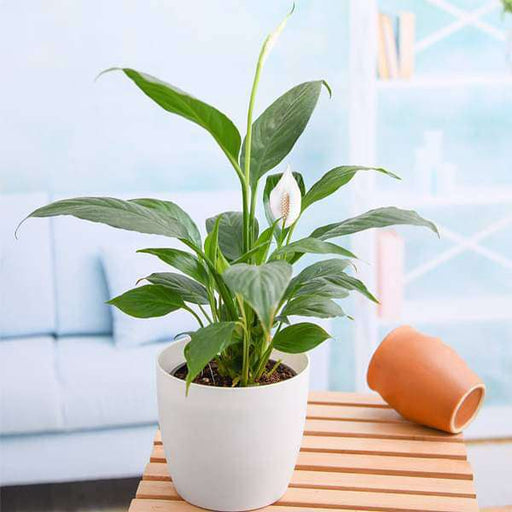
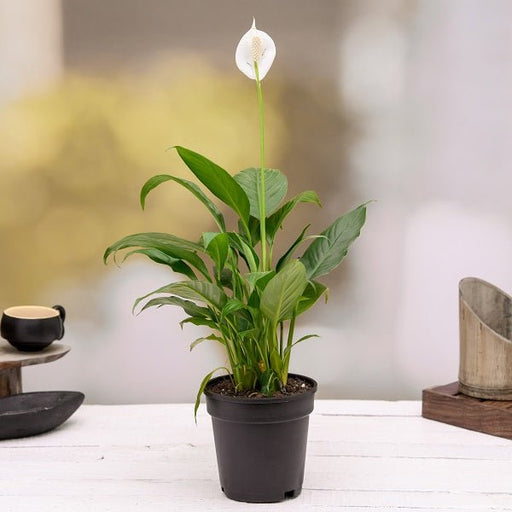 Save up to 15%
Save up to 15%
Peace Lily, Spathiphyllum - Plant The Peace Lily, scientifically known as Spathiphyllum, is a stunning houseplant celebrated for its elegant white...
View full details
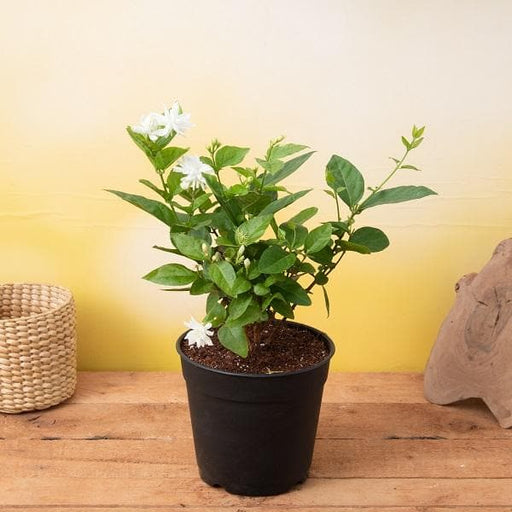 Save 25%
Save 25%
Jasminum sambac, Mogra, Arabian Jasmine - Plant Jasminum sambac, commonly known as Mogra or Arabian Jasmine, is a fragrant flowering plant...
View full details
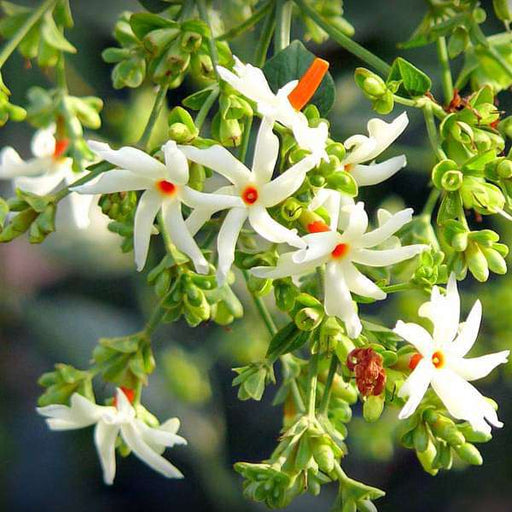 Save 18%
Save 18%
Combo Constituents Includes the Parijat Tree (Night-Flowering Jasmine), a culturally significant plant with fragrant flowers. Description The Pari...
View full details
 Save 25%
Save 25%
Miniature Rose, Button Rose (Any Color) - Plant The Miniature Rose, also known as the Button Rose, is a charming and compact flowering plant that ...
View full details Save 25%
Save 25%
Damascus Rose, Scented Rose (Any Color) - Plant The Damascus Rose, also known as Rosa damascena, is a timeless symbol of beauty and romanc...
View full details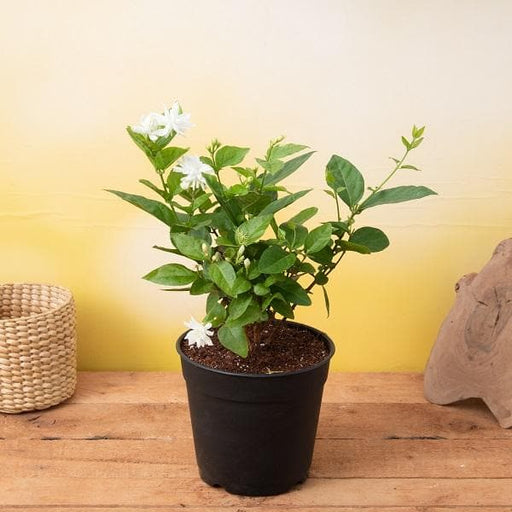
 Save 17%
Save 17%
Beautiful Fragrant Mogra, Arabian Jasmine Plant with Pot The Beautiful Fragrant Mogra, also known as Arabian Jasmine (Jasminum sambac), is...
View full details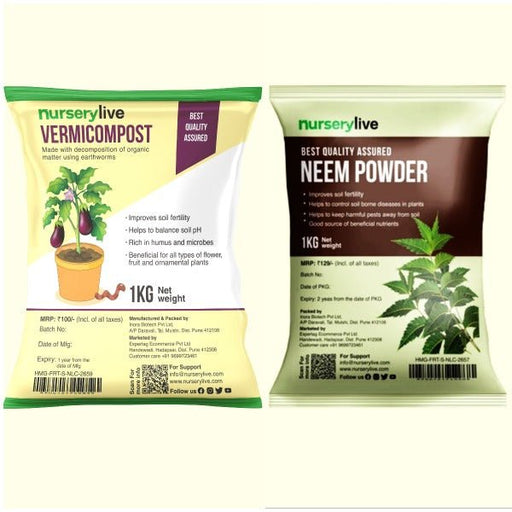 Save 15%
Save 15%
Pack of Vermicompost and Neem Cake for House Plants Transform your indoor garden with our premium Pack of Vermicompost and Neem Cake, spec...
View full details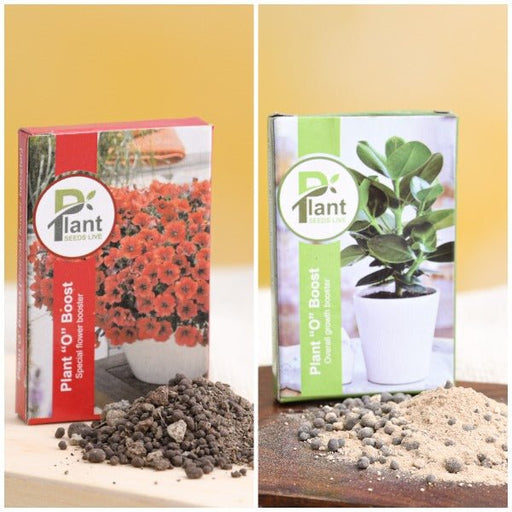
Pack of Plant Growth and Flower Boosters Unlock the full potential of your garden with our Pack of Plant Growth and Flower Boosters! This ...
View full details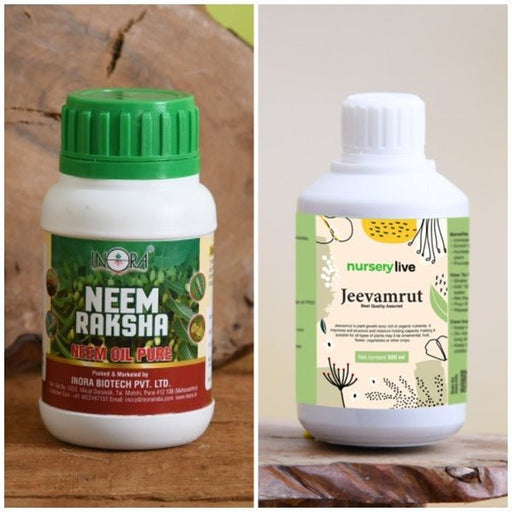 Save 38%
Save 38%
Combo of Jeevamrut and Neem Raksha for Easy Growth and Protection of Houseplants Transform your indoor garden with our exclusive combo of ...
View full details Save 22%
Save 22%
Plant Nutrients Kit (Pack of 16) for a Healthy Garden Transform your garden into a lush paradise with our Plant Nutrients Kit, featuring 1...
View full details Save 16%
Save 16%
Combo of Top Plant Fertilizers Elevate your gardening game with our exclusive Combo of Top Plant Fertilizers, featuring two bags of premiu...
View full details Save 24%
Save 24%
Pack of 4 Additives to Make Soil Healthy and Nutrient Rich Transform your garden into a thriving ecosystem with our Pack of 4 Additives de...
View full details Save 30%
Save 30%
Transform your gardening experience with our premium Combo of Perlite and Vermiculite. This unique blend is designed to enhance soil aeration and ...
View full details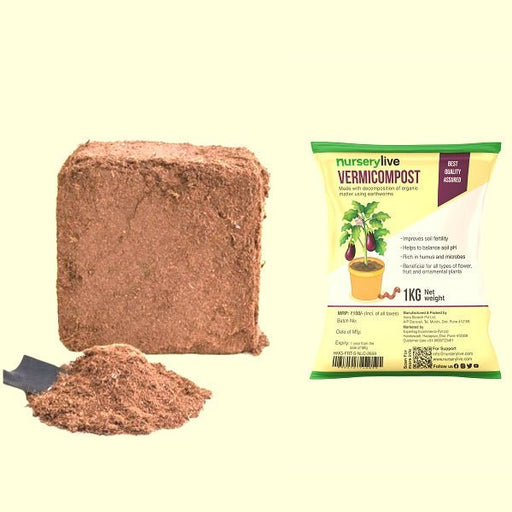 Save 27%
Save 27%
Combo of 2 Vermicompost and Cocopeat - Enrich Your Soil Naturally! Transform your garden into a thriving ecosystem with our Combo of 2 Ver...
View full details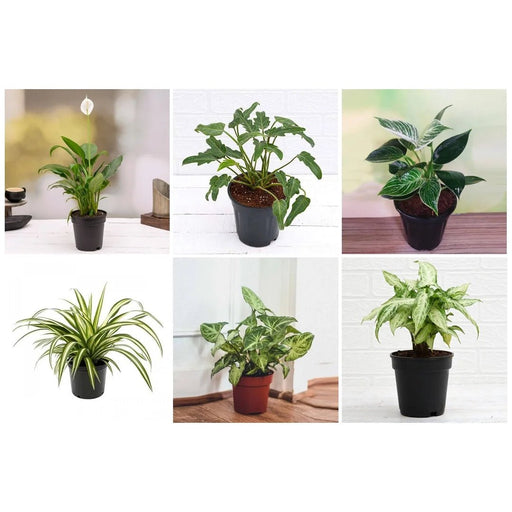
 Save 35%
Save 35%
Best 6 Plants for Perfect Indoor Garden Transform your living space into a lush oasis with our curated collection of the Best 6 Plants for a...
View full details
 Save up to 50%
Save up to 50%
Mini Succulent Garden Pack Transform your space with our Mini Succulent Garden Pack, featuring a delightful collection of 4 any variety beautiful s...
View full details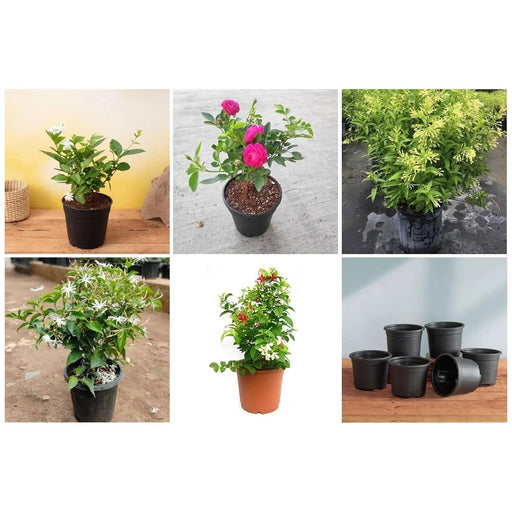
 Save 30%
Save 30%
5 Best Fragrant Plants Transform your garden or indoor space into a fragrant paradise with our curated selection of the 5 Best Fragrant Plants. Th...
View full details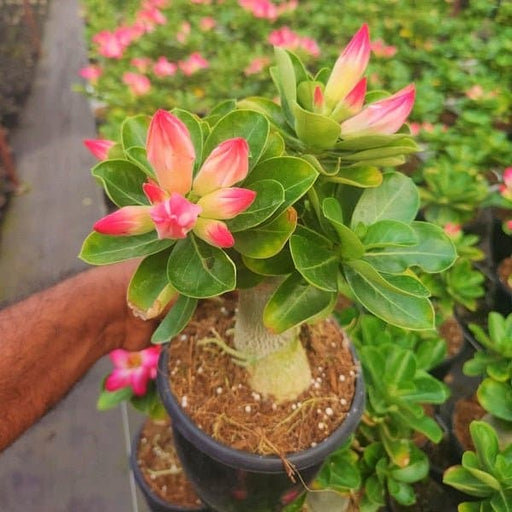
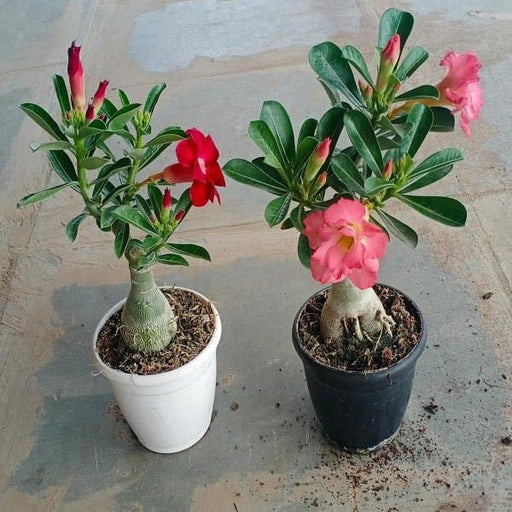 Save 24%
Save 24%
Set of 2 Bonsai Looking Grafted Adeniums Transform your indoor or outdoor space with our exquisite Set of 2 Bonsai Looking Grafted Adenium...
View full details Save 45%
Save 45%
Top 4 Die Hard Succulents Pack Transform your indoor or outdoor space with our Top 4 Die Hard Succulents Pack, featuring a curated selecti...
View full details
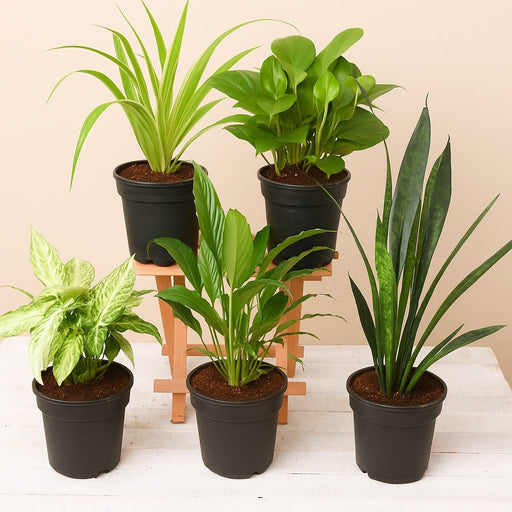 Save 30%
Save 30%
5 Best Indoor Plants Pack Transform your living space into a lush oasis with our '5 Best Indoor Plants Pack.' This carefully curated collection fe...
View full details
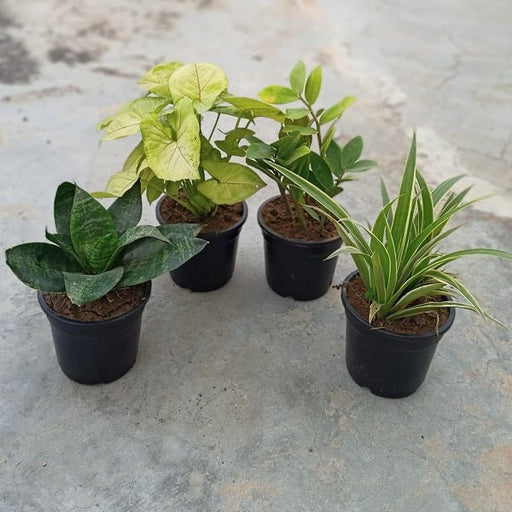 Save 25%
Save 25%
Set of 4 Evergreen Air Purifier Plant Pack Transform your indoor space into a lush, green oasis with our Set of 4 Evergreen Air Purifier Pla...
View full details| SrNo | Item Name |
|---|---|
| 1 | Mallotus philippinensis |
Mallotus philippinensis, commonly known as the Kamala tree, is a tropical tree native to Southeast Asia. This remarkable plant is renowned for its vibrant red-orange dye, derived from its glandular hairs, which has been used for centuries in traditional textiles and cosmetics. The tree can grow up to 15 meters tall and thrives in a variety of soil types, making it a versatile addition to any garden or landscape.
What makes Mallotus philippinensis special is its ecological significance. It serves as a habitat for various wildlife species and plays a crucial role in soil conservation. Additionally, its seeds are a source of food for birds and other animals, contributing to biodiversity. The tree's ability to adapt to different environments makes it a valuable asset in reforestation efforts.
One of the standout features of Mallotus philippinensis is its unique dye-producing capability. The dye, known as Kamala, is not only vibrant but also eco-friendly, making it a sustainable alternative to synthetic dyes. This natural dye has applications in textiles, cosmetics, and even food coloring, appealing to environmentally conscious consumers.
This tree isn’t just a pretty face in the forest; it’s a multitasking marvel! Known for its medicinal properties, Mallotus philippinensis is like the Swiss Army knife of the plant world. From treating skin ailments to acting as a natural anti-inflammatory, this tree has your back—literally! Its leaves and bark are packed with compounds that can help you feel better, making it a go-to for herbal enthusiasts. So, if you’re looking for a natural remedy, this tree might just be your new best friend.
a tropical paradise where the Mallotus philippinensis tree thrives! This beauty loves warm, humid climates and can often be found in the lush forests of Southeast Asia. It’s like the tree version of a beach bum, soaking up the sun and enjoying the moisture. Whether it’s in lowland rainforests or along riverbanks, this tree knows how to pick its spots. So, if you’re planning a trip to the tropics, keep an eye out for this leafy gem!
If you think this tree is just sitting around looking pretty, think again! Mallotus philippinensis is a jack-of-all-trades. Its seeds are used to produce a dye, while its bark can be transformed into rope. Talk about versatility! Not to mention, the tree’s wood is prized for its durability, making it a favorite among craftsmen. So, whether you’re looking to spruce up your wardrobe or build a sturdy piece of furniture, this tree has got you covered.
Growing your own Mallotus philippinensis tree? Now that’s a project worth undertaking! This tree is relatively easy to cultivate, as long as you provide it with the right conditions. It loves well-drained soil and plenty of sunlight, so make sure to give it a sunny spot in your garden. With a little patience and care, you’ll have your very own tropical wonderland right in your backyard. Just be prepared for the compliments!
Spotting a Mallotus philippinensis tree is like playing a game of botanical hide-and-seek. With its glossy green leaves and distinctive yellow flowers, this tree is hard to miss! The leaves are oval-shaped and can grow quite large, making them look like nature’s very own fans. And let’s not forget the fruit—small, round, and often mistaken for tiny ornaments. So, if you’re out in the wild, keep your eyes peeled for this showstopper!
Want to spread the love for Mallotus philippinensis? Propagation is the name of the game! This tree can be grown from seeds or cuttings, making it a fun project for green thumbs. Just remember, patience is key! Seeds can take a while to germinate, but once they do, you’ll be on your way to creating your own mini forest. So grab your gardening gloves and get ready to play plant parent!
This tree is not just a pretty face; it plays a vital role in its ecosystem! Mallotus philippinensis provides food and shelter for various wildlife, making it a key player in the forest community. Birds love to feast on its seeds, while insects find refuge in its foliage. It’s like a five-star hotel for critters! So, the next time you see one of these trees, remember it’s not just standing there; it’s hosting a whole party of nature.
Step aside, modern medicine; traditional healers have been using Mallotus philippinensis for centuries! This tree is a staple in folk remedies, with its leaves and bark being used to treat everything from fevers to digestive issues. It’s like the wise old sage of the forest, offering natural solutions to everyday ailments. So, if you’re feeling under the weather, consider tapping into the wisdom of this ancient tree.
In a world where trees are disappearing faster than your favorite snack, conservation efforts for Mallotus philippinensis are crucial. This tree is not just a resource; it’s a part of our planet’s biodiversity. Protecting its habitat ensures that future generations can enjoy its beauty and benefits. So, let’s rally together to save this tree and its friends, because every little bit helps in the fight against deforestation!
When it comes to wood, Mallotus philippinensis is the unsung hero of the lumber world. Its timber is known for being strong and durable, making it a favorite for construction and furniture-making. Plus, it has a lovely grain that adds character to any piece. So, if you’re in the market for some quality wood, look no further than this tree. It’s like the lumber equivalent of a fine wine!
This tree isn’t just a botanical wonder; it’s also woven into the cultural fabric of many communities. From traditional crafts to local folklore, Mallotus philippinensis has made its mark. It’s often featured in art and stories, symbolizing resilience and connection to nature. So, the next time you admire this tree, remember it’s not just a plant; it’s a cultural icon with a rich history!
Mallotus philippinensis, also known as the kamala tree, is a tropical marvel native to Southeast Asia. This tree is not just a pretty face; it produces a dye from its fruits that has been used for centuries. Think of it as nature's own paintbrush, ready to color your world!
You can find Mallotus philippinensis thriving in tropical regions, particularly in Southeast Asia. It loves warm, humid climates and often hangs out in forests and along riverbanks. So, if you're planning a tropical getaway, keep your eyes peeled for this vibrant tree!
It’s like the Swiss Army knife of the plant world!
While not currently listed as endangered, Mallotus philippinensis faces threats from deforestation and habitat loss. So, it’s a bit like that friend who needs a little extra care to stay fabulous. Conservation efforts are essential to ensure this tree continues to thrive in its natural habitat.
Mallotus philippinensis has a romantic side! It reproduces through seeds found in its fruits, which are dispersed by birds and other animals. Talk about a tree with a social life! Once the seeds land in a suitable spot, they sprout and continue the cycle of life.
This tree is a treasure trove of medicinal benefits! Its leaves and bark are used in traditional medicine to treat ailments like diarrhea and skin infections. It’s like having a mini pharmacy right in your backyard. Just remember, consult a professional before playing doctor!
Absolutely! If you live in a warm, tropical climate, you can grow Mallotus philippinensis at home. Just give it plenty of sunlight, water, and some love. It’s like adopting a pet, but this one won’t chew your shoes—just your patience!
Mallotus philippinensis thrives in tropical climates with plenty of sunshine and humidity. Think of it as the diva of the plant world, demanding warm temperatures and well-drained soil. If you can provide that, you’ll have a happy tree on your hands!
Like any diva, Mallotus philippinensis can attract a few pests. Aphids and caterpillars might try to crash the party, but with proper care and natural pest control, you can keep them at bay. A little vigilance goes a long way in maintaining this tree's beauty!
Mallotus philippinensis is a fast grower, reaching maturity in just a few years. It’s like the overachiever of the plant kingdom, eager to show off its vibrant foliage and fruits. With the right conditions, you’ll have a stunning tree in no time!
Mallotus philippinensis can grow up to 15-20 meters tall, making it quite the towering presence in the landscape. It’s like the gentle giant of the forest, providing shade and beauty. Just imagine the view from the top—nature’s own skyscraper!
Mallotus philippinensis is an eco-friendly superstar! It helps combat soil erosion, provides habitat for wildlife, and contributes to carbon sequestration. Planting this tree is like giving Mother Nature a high-five. It’s a win-win for both you and the environment!